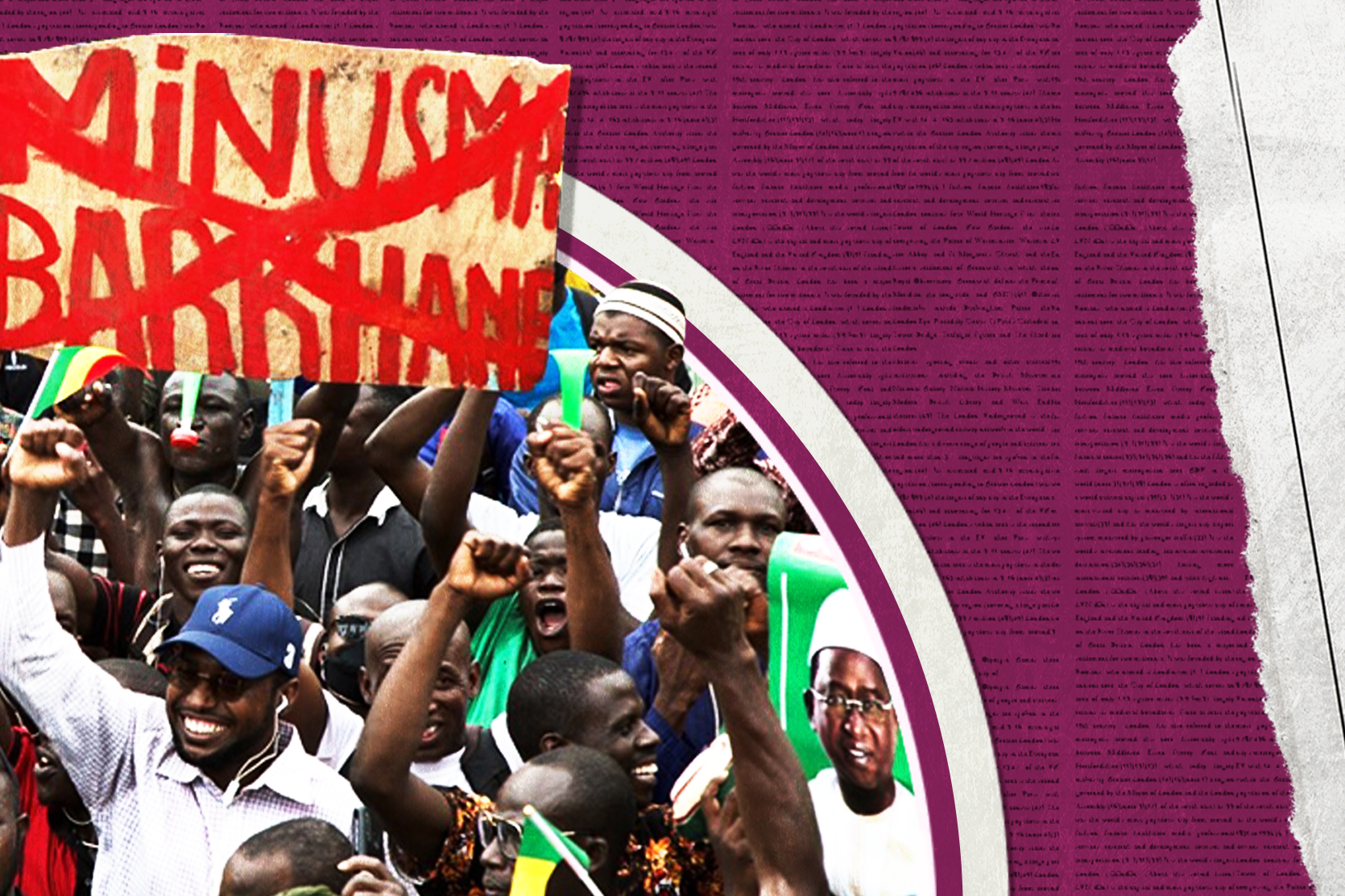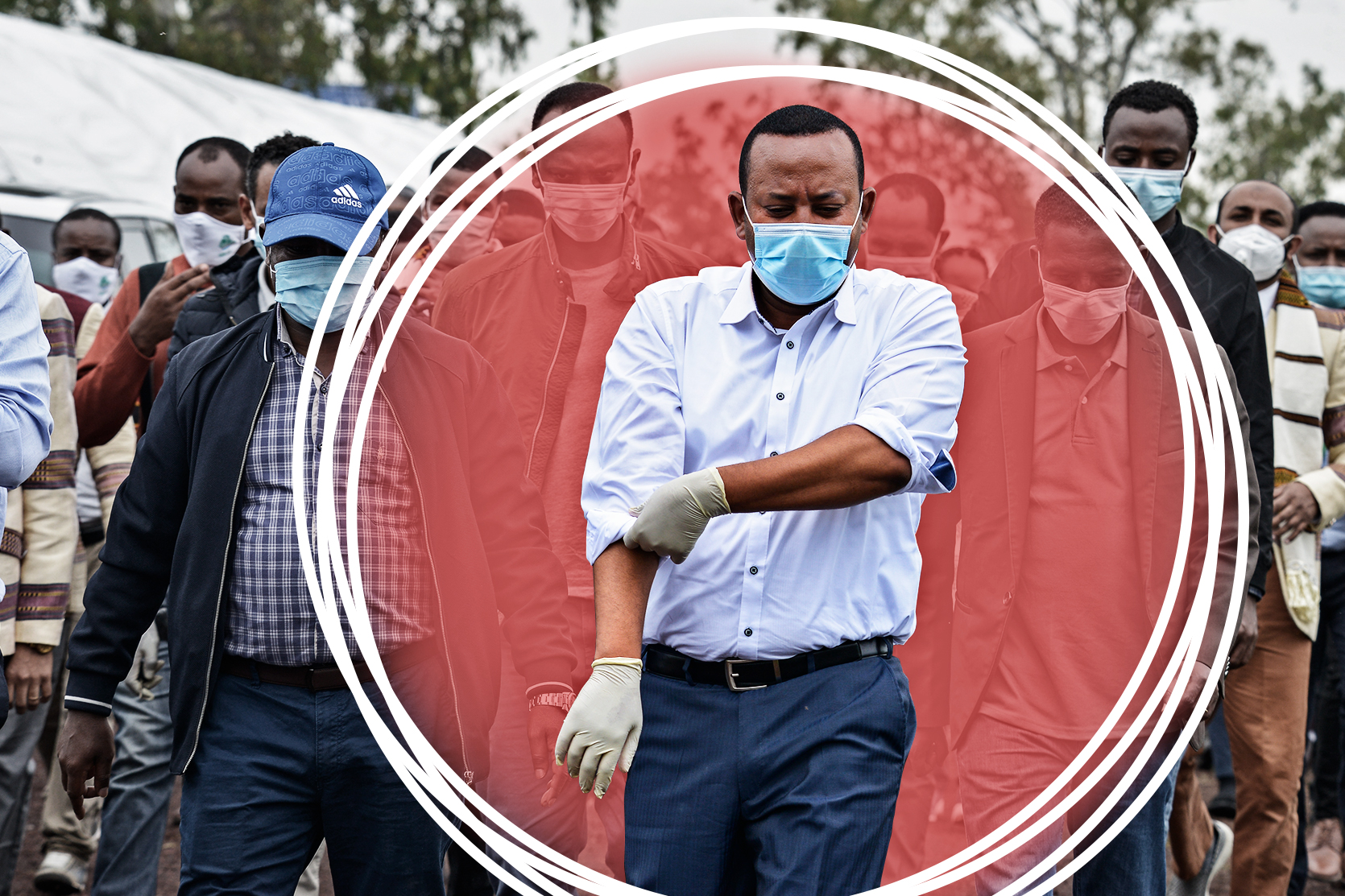
The following article provides a brief summary of some of the key points covered by Bethany in her chapter contribution to Extremisms in Africa Vol 3 entitled: Hybridity and Fragmentation: Implications for Regional Security Policy in the Sahel and Beyond.
Many of Africa’s most significant challenges today are at their core political in nature, with policies developed in response centering on the incentives and priorities of the elite political class at the geopolitical, national and subnational level. The Sahel is a cruel microcosm of these dynamics.
Elite-driven necropolitics, practices that ultimately decrease human security and increase the prevalence of low and high level conflict, are prone to security sector abuses, politicisation and securitisation of ethnicity, weak peripheries and ”strong” centres, pluralistic security environments featuring statutory and non-statutory actors, and overall erosion of state legitimacy and capacity to handle complex cross-border emergencies.
As militancy and extremisms spread across the continent, we also see an over prioritisation of counter-terrorism (CT) activities, often at the expense of local community needs. CT missions developed at the geopolitical and national level are often misaligned with localised community challenges, creating wedges instead of seams. These efforts have largely failed to achieve decreases in violence and predation – by state and non-state actors alike.
As militancy and extremisms spread across the continent, we also see an over prioritisation of counter-terrorism (CT) activities, often at the expense of local community needs.
The resulting disillusionment and increases in armed community mobilisation creates fertile ground for militant opportunism, and heightens distrust between the state and the community. Though my chapter focuses on the dynamics of hybrid political and security governance in Sahelian West Africa, these umbrella dynamics are legible across the continent in strong and weak states, and serve as both precursor and covariates to manifestations of violent extremism.
All political orders contain elements of hybridity. It is the arrangement of power within these systems that impacts their function and long-term stability. Some define hybrid orders as states where the informal has been injected into the formal, to the detriment of government function. I argue instead that these orders are a spectrum of continuity, where formal and customary reinforce each other’s weaknesses.
Though these hybrid systems contribute to a facade of stability and statehood, they are in reality quite brittle. The constellation of elite bargains and concessions that lend to “function” in peace time, lend to disfunction as violent conflict escalates. Violent extremist organisations (VEOs) take advantage of hybridity and the grievances and weaknesses engendered within to recruit and entrap communities distant from positive state power and presence.
The resulting disillusionment and increases in armed community mobilisation creates fertile ground for militant opportunism, and heightens distrust between the state and the community.
This is particularly relevant from a centre-periphery context, where the outskirts and porous/under- and alternatively governed areas are more likely to have locally driven security and economic relationships with Non-State Armed Groups (NSAGs) and (potentially) VEO groups. Proximity does not entail support – these local relationships have little to nothing to do with the parochial, globalised agendas espoused by extremist organisations. For instance, local actors will exploit the chaos stirred up by the arrival of jihadists to settle old scores, and engage in the types of escalating intercommunal violence we see in central Mali.
Policy that does not take into consideration how trust, legitimacy, and continuity in governance (both formal and informal) condition the security environment, risk inflaming the vulnerabilities of these hybrid orders rather than taking advantage of potential sources of stability in this complicated, insecure context.
For example, in Niger, inclusion of traditional authorities in the formal government system created continuity between local communities and the state, with chieftains serving as the trusted interlocutor between customary and formal institutions. These traditional actors serve as the connective tissue, the middle space, the seam of governance. It is thus no surprise that the jihadists have targeted local chiefs for assassination and kidnapping, seeking to decouple the relationship between state actors and local communities. In their absence, the hybrid system collapses, pitting community and state priorities at odds.
In Niger, inclusion of traditional authorities in the formal government system created continuity between local communities and the state, with chieftains serving as the trusted interlocutor between customary and formal institutions.
The targeted violence against traditional authorities reflects how aware violent actors are of the positive potential these leaders have as bridges between the community and the state. Customary authorities are critical to area access, to resource management, to conflict resolution. When non-state actors co-opt traditional leaders, they gain access to decision-making processes that further legitimise their position as a governance alternative to the state. As a result, communities bordering the conflict zone are forced to negotiate with these actors for their security. These forced negotiations create an aura of complicity that sets the stage for state security sector abuses of these communities out of suspicion that they are aiding the militants.
Similar dynamics took place in northeast Nigeria, as communities found themselves between Boko Haram and aggressive counterterrorism responses from state and non-state actors alike. The inability of pro-state forces to secure communities, and their subsequent targeting of the same erodes perceived legitimacy of the state. By attacking or co-opting the connective tissue of trust, legitimacy, and continuity of governance, militants have the potential to replace these functions with their own, isolating and endangering communities the state seeks to recapture.
In seeking to address the dynamics laid out above, focus should be on bottom up solutions. Unfortunately, the bottom is quite large, and governance and security resources are scarce. The role of external actors is a further complication, the coordination of which my colleague Stephen Buchanan-Clarke speaks to in his chapter on the escalation of extremist violence in Southern Africa in Extremisms in Africa Vol 3.
When non-state actors co-opt traditional leaders, they gain access to decision-making processes that further legitimise their position as a governance alternative to the state.
Policymakers need to prioritise securing communities for localised stabilisation to take root, reducing intercommunal violence and increasing intercommunal trust, and promoting efforts to realign state security policy towards meeting the security and governance needs of communities outside the capital, while at the same time achieving substantive counter-terrorism gains.
While the Sahel trajectory continues its worrisome spiral, prevention is still possible in the Littoral states. However, rather than solely focusing on preventing individual radicalisation and expanding counter-terrorism capacity, policymakers need to internalise the lessons from the Sahel.
Local matters
Despite years of emphasis on “top down and bottom up” policy responses, the social infrastructure needed to resist militant-driven insecurity is that which has been most neglected by both the state and international intervention – the hyperlocal and historical mechanisms for conflict resolution and inter-communal violence reduction.
Interventions in African conflicts must be hybridity aware, managing the inherent vulnerabilities of hybrid order, identifying fulcrum points in the trajectories of hybridity, and developing pluralistic and inclusive capacity to solve collective action problems – be they terrorism, illicit trafficking, or escalating conflicts over dwindling resources.
We’d love to hear from you! Join The Wicked Conversation by leaving your comments below, or send your letter to the editor to stephen@gga.org.
To get your copy of Extremisms: Volume 3, click on your preferred link below:
Loot: https://tinyurl.com/yyzvaxmu
Takealot: https://tinyurl.com/yxqdm7by
Amazon Kindle: https://tinyurl.com/y3zgz55f
Amazon Print edition: https://tinyurl.com/y3gw5xxo
BETHANY L. MCGANN serves as research and project manager for the RESOLVE Network, the research component of the Countering Violent Extremism team within the Center for Applied Conflict Transformation at the United States Institute of Peace. Her research focuses on issues of hybrid security governance and non-state actors in sub-Saharan Africa. She has led the design and implementation of multi-year desk and field studies funded by the United States Agency for International Development, which have focused on Sahelian sub-state hybrid armed actors, militias and local security assemblages. She contributed the Africa paper for the 2019 West Point Student Conference on US Affairs. Her most recent research was cited in New America’s 2019 Annual Terrorism Assessment. Bethany holds a Master’s in Security Policy Studies from George Washington University’s Elliott School of International Affairs, and a Bachelor’s in Government and International Affairs from Smith College. (The views in this publication are those of the author. They do not necessarily reflect the views of the RESOLVE Network, its partners, the United States Institute of Peace, or any American government agency.)













Most important particularly to all Africans
Good Day,
Many thanks for your response. Kindly keep an eye on our page for more*